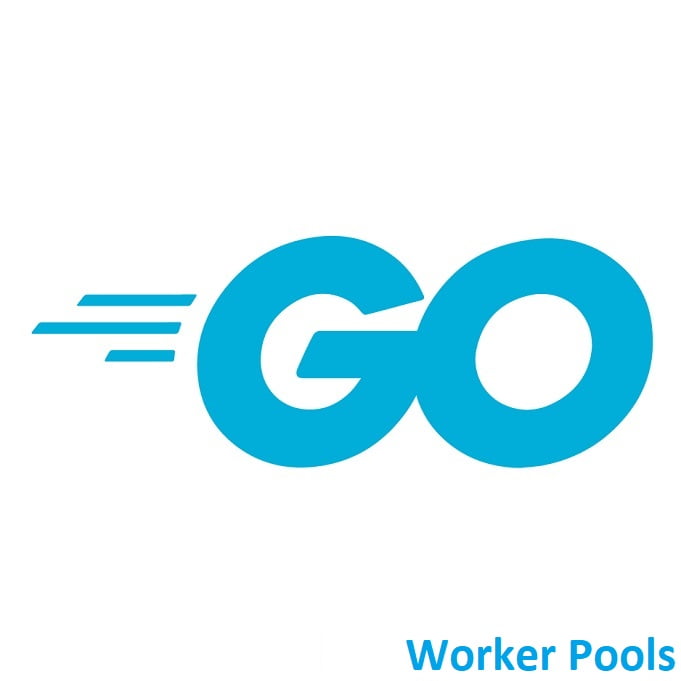
Exploring the Basics of Pointers for Efficient Memory Management!
Welcome to the world of Golang! Pointers are a fundamental concept in Go programming, enabling direct memory manipulation and efficient data handling. There is a lot to cover about Pointers but today we will start with the basics. This part focuses on introducing pointers, their syntax, and their significance in memory management.
Pointer Basics
Pointers are essential for managing memory efficiently and can be used for various purposes.
Here’s a brief overview of pointers in Go:
Declaring a Pointer
To declare a pointer, you use the * symbol followed by the data type of the value it will point to. For example:
var ptr *int // Declares a pointer to an integer
Initializing Pointers
Pointers can be initialized using the address-of operator &. It assigns the memory address of a variable to a pointer variable. For example:
var x int = 42 ptr := &x // ptr now points to the memory address of x
Dereferencing Pointers
To access the value pointed to by a pointer, you use the * operator. This is known as dereferencing. For example:
fmt.Println(*ptr) // Prints the value stored at the memory address pointed to by ptr (42 in this case)
Modifying Values Through Pointers
You can modify the value of a variable indirectly by dereferencing a pointer. For example:
*ptr = 10 // Changes the value of x to 10 through the pointer ptr fmt.Println(x) // Prints 10
Nil Pointers
In Go, pointers can have a special value called nil, which indicates that they are not pointing to any valid memory address. A nil pointer can be useful to represent the absence of a value or an uninitialized pointer.
var ptr *int // ptr is initialized to nil by default
Pointer Arithmetic
Go does not support pointer arithmetic like some other languages (e.g., C or C++). You cannot perform operations like adding or subtracting integers from pointers.
Function Arguments with Pointers
You can pass pointers to functions, allowing them to modify the original values directly. This can be more efficient than passing values by copying.
func modifyValue(ptr *int) {
*ptr = 20
}
modifyValue(ptr)
fmt.Println(x) // Prints 20
Pointers to Structs
Pointers are often used to work with complex data structures like structs efficiently. When you pass a struct to a function, it’s typically more efficient to pass a pointer to the struct rather than copying the entire struct.
type Person struct {
Name string
Age int
}
func modifyPerson(p *Person) {
p.Age = 30
}
p := &Person{Name: "Alice", Age: 25}
modifyPerson(p)
Memory Management and Pointers in Go
Dynamic Memory Allocation
Pointers in Go allow for dynamic memory allocation, enabling the creation of variables and data structures whose memory size or lifetime isn’t predefined at compile time.
Pointer-Allocated Memory
Pointers enable developers to allocate memory dynamically using functions like make for slices, new for creating instances of types, and manual allocation using pointer variables.
var ptr *int ptr = new(int) // Allocate memory for an int and assign its address to ptr
Deallocating Memory
Go has automatic garbage collection, which handles memory deallocation for unused variables and memory that becomes unreachable. When pointers no longer reference a location, the garbage collector frees that memory.
Avoiding Memory Leaks
Proper management of pointers is essential to prevent memory leaks. If pointers hold references to memory that are no longer in use but aren’t properly deallocated, it can lead to memory leaks.
Nil Pointers and Memory Safety:
Go introduces the concept of nil pointers, which means a pointer that doesn’t point to any valid location in memory. Using nil pointers properly is crucial to avoid accessing invalid memory addresses, which could cause runtime errors.
Memory Optimization
Efficient use of pointers can optimize memory usage, especially in scenarios where large data structures are involved. Passing pointers to functions instead of copying entire data can reduce memory overhead.
Pointer Lifetime:
Understanding the lifetime of pointers is crucial. Pointers to local variables within a function are only valid within that function’s scope, while pointers to dynamically allocated memory persist until explicitly deallocated.
Safe Pointer Usage
Go emphasizes safe pointer usage by providing a runtime that performs bounds checking, preventing buffer overflows and ensuring memory safety.
Golang Code
Here’s a complete Go program that demonstrates the basic use of pointers:
package main
import "fmt"
func main() {
// Declare and initialize an integer variable
x := 42
fmt.Println("Original value of x:", x)
// Declare a pointer to an integer and assign the address of x to it
var ptr *int
ptr = &x
// Modify the value of x through the pointer
*ptr = 10
// Print the modified value of x
fmt.Println("Modified value of x:", x)
// Declare a nil pointer
var nilPtr *int
fmt.Println("Value of nilPtr:", nilPtr) // Prints "Value of nilPtr: "
// Pass a pointer to a function to modify a value
y := 5
fmt.Println("Original value of y:", y)
modifyValue(&y)
fmt.Println("Modified value of y:", y)
// Using pointers with structs
person := Person{Name: "Alice", Age: 25}
fmt.Println("Original person:", person)
modifyPersonAge(&person)
fmt.Println("Modified person:", person)
}
// Define a Person struct
type Person struct {
Name string
Age int
}
// Function to modify the value through a pointer
func modifyValue(ptr *int) {
*ptr = 20
}
// Function to modify the age of a Person through a pointer
func modifyPersonAge(p *Person) {
p.Age = 30
}
In this example it demonstrates the use of pointers with both simple data types (integers) and a struct (Person). It also showcases how to modify values through pointers and pass pointers to functions for modification.
Here’s the expected output from the example:
Original value of x: 42
Modified value of x: 10
Value of nilPtr:
Original value of y: 5
Modified value of y: 20
Original person: {Alice 25}
Modified person: {Alice 30}
This output demonstrates the various operations involving pointers in the code:
- Initially,
xhas a value of 42, and it’s modified to 10 through the pointerptr. nilPtris a nil pointer, and its value is<nil>.yis initially 5, but it’s modified to 20 through themodifyValuefunction.- The
Personstructpersonis initially {Alice 25}, and its age is modified to 30 through themodifyPersonAgefunction.
Conclusion
We have laid out the groundwork for understanding pointers in Go, covering their syntax, referencing, dereferencing, and basic memory management. Building a solid foundation on pointers is essential for efficient memory handling and advanced programming techniques in Go. Pointers in Go are crucial for efficient memory management and working with complex data structures. However, Go’s memory management features and garbage collector help abstract away many of the low-level details associated with pointers in languages like C and C++.
That’s All Folks!
You can find all of our Golang guides here: A Comprehensive Guide to Golang




